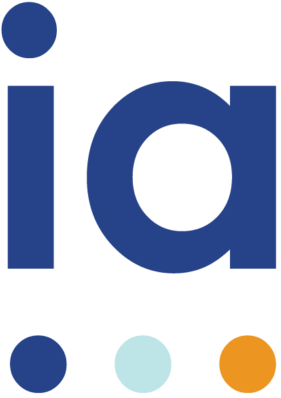Talent Acquisition
If you could make one major change to your HR tech stack to improve your candidates’ lives, what would it be? Are candidates annoyed that they can’t apply for a job from their phones? Do they get lost in the shuffle of your databases? Does the recruiting process just take too long?
Talent acquisition software has come a long way in the more than 20 years I’ve worked in HR. I see some major shifts coming in the tech landscape that will fundamentally change the way companies manage potential talent and the way people apply for jobs.
Here are three trends I’m watching (and pushing for!) this year.
ATS and CRM Joining Forces
For years candidates have lived in either your applicant tracking system (ATS) or your candidate relationship management system (CRM). If they were in the ATS they were linked to a specific requisition, so it was hard to group similar candidates together into a pool of possible recruits. Recruiters resorted to spreadsheets to build lists of candidates.
Those days are going to be over soon. The ATS and CRM are starting to combine, giving recruiting teams access to more candidates. That’s good news for the candidate experience.
Going All-In on Mobile Recruiting
My son is 21. Do you know the last time he sent an email? He probably doesn’t even know his password.
While younger millennials and members of Generation Z are heavy smartphone users, they just don’t use email the same way older generations do, even when they’re applying for jobs. But what’s the first thing we ask a job seeker for when they show interest in applying for a job or creating a profile on a career site? Their email address. The vast majority of career sites require an email address to get started.
Candidates are clamoring to be able to apply for jobs and get to know a company without the roadblock of an email field. They want to communicate with companies and recruiters using text messaging, instant messaging, and apps — not email.
The ATS of the future will give candidates the choice (“How would you like to hear from us?”) instead of using email as the default communication channel. This shift to truly mobile recruiting will be a game-changer for anyone recruiting hourly and seasonal workers.
Getting Hiring Processes Ready for AI
One technology trend we’re all hearing a lot about right now is artificial intelligence, but I don’t think talent acquisition is ready for AI yet. Here’s why: Machine learning and AI tools are only as good as the data they process, and right now we have a data problem in talent acquisition.
Most companies have a hard time writing accurate job descriptions, nailing the exact competencies they need for a role and writing screening questions for candidates. It’s nearly impossible to automate screening if you don’t know what kind of candidate you’re looking for.
Some hiring processes will always require a human touch. But HR teams have a big opportunity to save time and work more efficiently with the help of automation. To get there we need to be smarter about understanding and documenting how we hire, who we hire, and why we hire.







Pingback: Carnival of HR: February 2018 Edition - Laurie Ruettimann